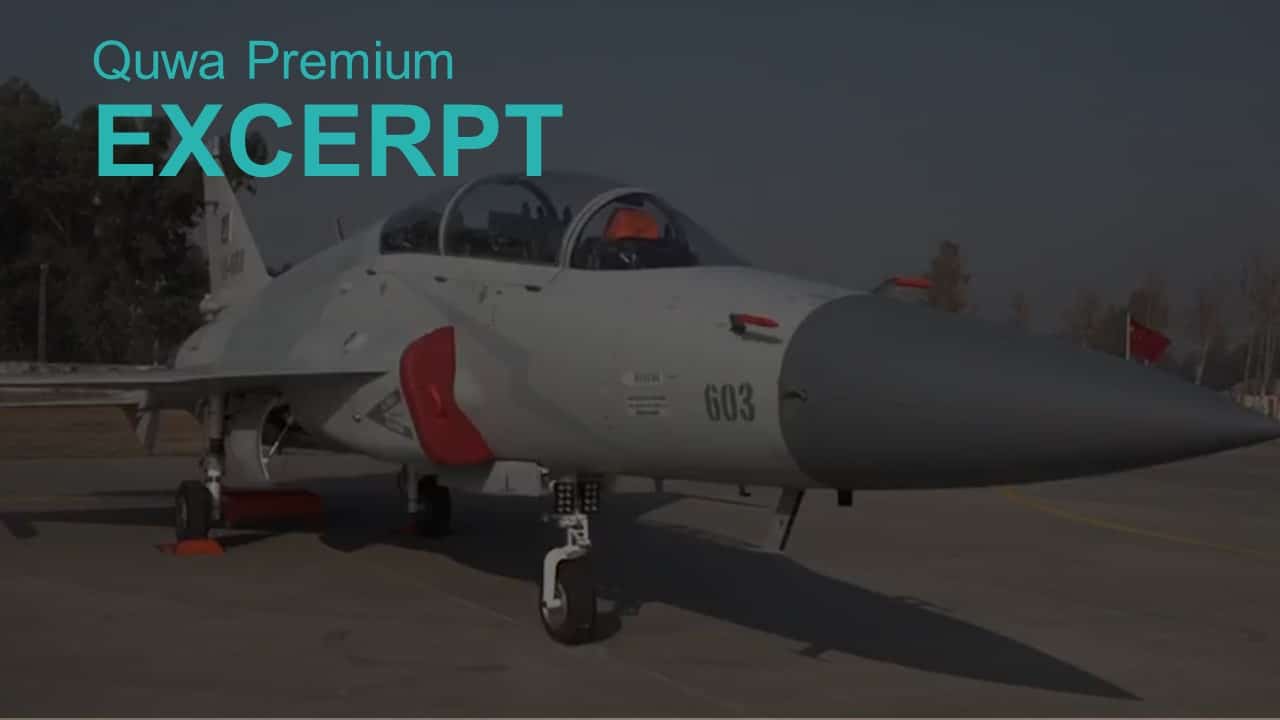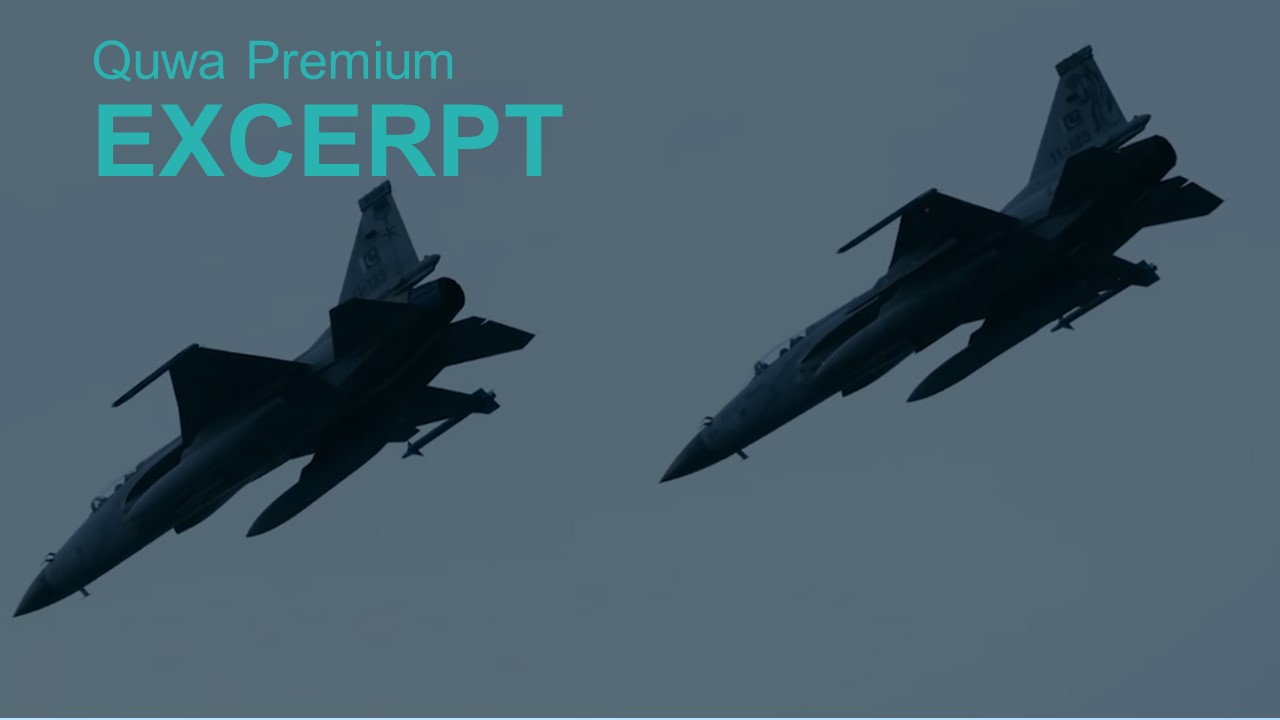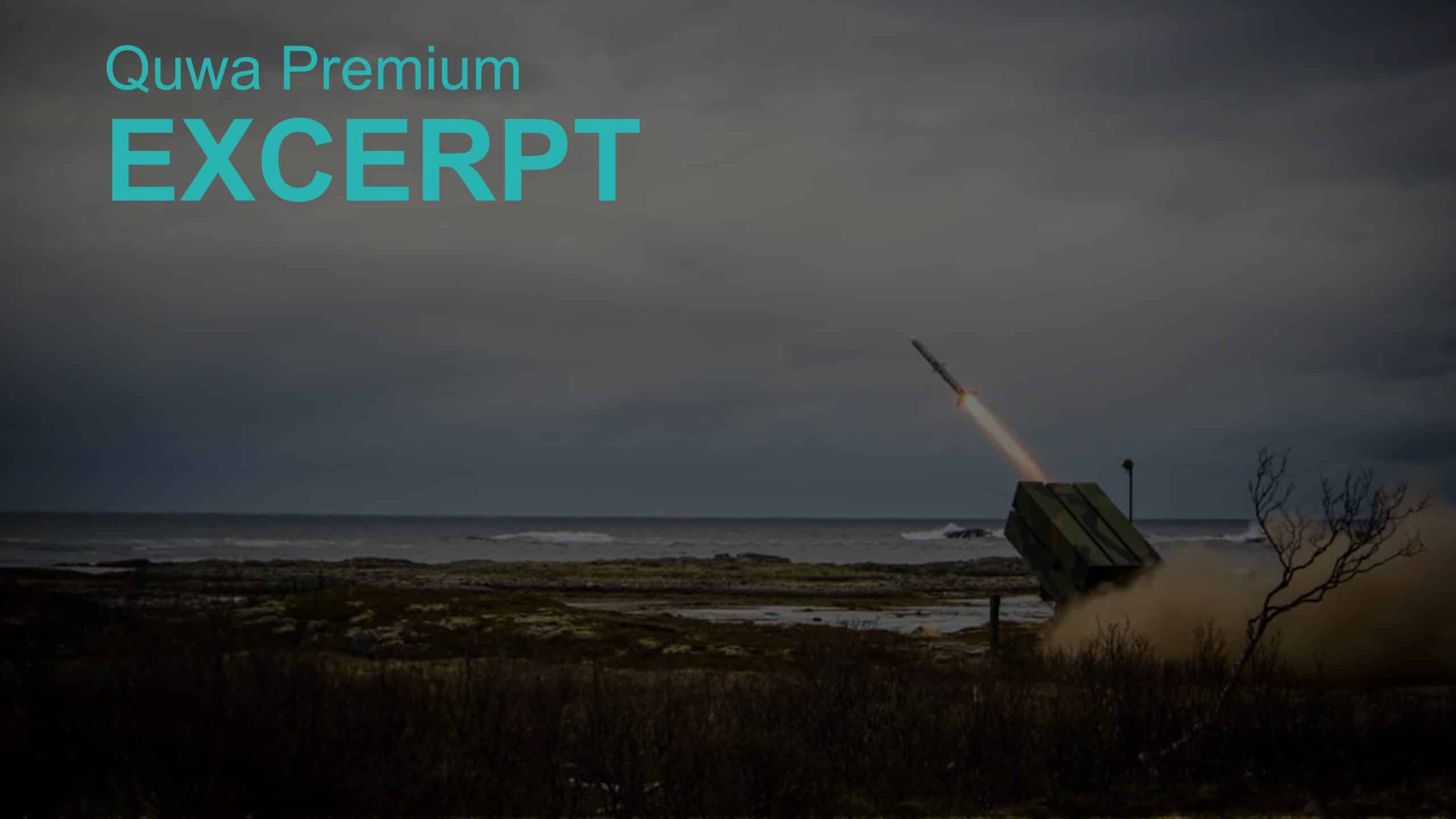2220Views

Why is the Pakistan Air Force Procuring 26 JF-17B Fighters?
On 27 December 2019, Pakistan Aeronautical Complex (PAC) rolled out the first eight of 26 twin-seat JF-17B fighter aircraft for the Pakistan Air Force (PAF). PAC will manufacture an additional 14 aircraft in 2020, and conclude the PAF’s orders in 2021 with the remaining four JF-17Bs.
The PAF Chief of Air Staff (CAS), Air Chief Marshal (ACM) Mujahid Anwar Khan, revealed the PAF’s plans to procure 26 JF-17Bs in an interview in May 2019.[1] According to the CAS, the primary purpose of inducting the JF-17B was to train new pilots on the JF-17 “without first putting them through the F-16, Mirage or F-7P/PG” as they are currently. In other words, as the JF-17 becomes the PAF’s most numerous aircraft, the PAF is adding twin-seat variants to convert pilots with limited prior fighter flying experience to the JF-17.
However, with the JF-17B acquisition amounting to essentially an expansion of the slated JF-17 plan (for 150 fighters, now 188 through 26 JF-17Bs and 12 additional JF-17 Block-IIs), observers are asking whether the JF-17B could play other roles with the PAF. The most oft-heard scenario is the potential use of the JF-17B as a dedicated, stand-off electronic warfare (EW) aircraft, or as a supporting strike fighter.
Practically, the twin-seat fighter aircraft of the PAF – i.e., operational conversion unit (OCU) platforms – can technically double as an active combat asset. So, at the minimum, the capabilities of the Block-I and Block-II should translate over to the JF-17B should the PAF require it. However, in lieu of those situations, the PAF will (as it does every OCU asset) use the JF-17B as principally a training asset.
Does the JF-17B’s Design Allow for Niche or Specialized Roles?
The JF-17B introduced multiple design changes to the Thunder. In addition to the second seat, the JF-17B boasts a swept-back vertical stabilizer, a dorsal spine, and by some reports, a slightly longer airframe and enlarged wingspan (9.465 m) compared to the single-seat variant (8.5 m).[2]
The designers may have added the spine so as to create more room for internal fuel (and compensate for the space taken by the second seat). In addition, and perhaps most significantly (both for the JF-17B and the newer single-seat JF-17 Block-III), the JF-17B also introduced a new three-axis fly-by-wire flight control system to the Thunder.[3] The JF-17B’s nose is also technically capable of carrying an active electronically scanned array (AESA) radar, though the PAF opted to retain the pulse-Doppler KLJ-7 for its own fleet.[4]
End of Excerpt (453/1,488 words)
You can read the complete article by logging in (click here) or subscribing to Quwa Premium (click here).
[1] Alan Warnes. Interview with Air Chief Marshal Mujahid Anwar Khan. Jane’s Defence Weekly. 22 May 2019.
[2] Richard D. Fisher Jr. “Twin-seat JF-17B/FC-1B fighter makes first flight. Jane’s Defence Weekly. 28 April 2017.
[3] Alan Warnes. “Two-seat JF-17B progresses.” Air Forces Monthly. April 2017.
[4] Ibid.


